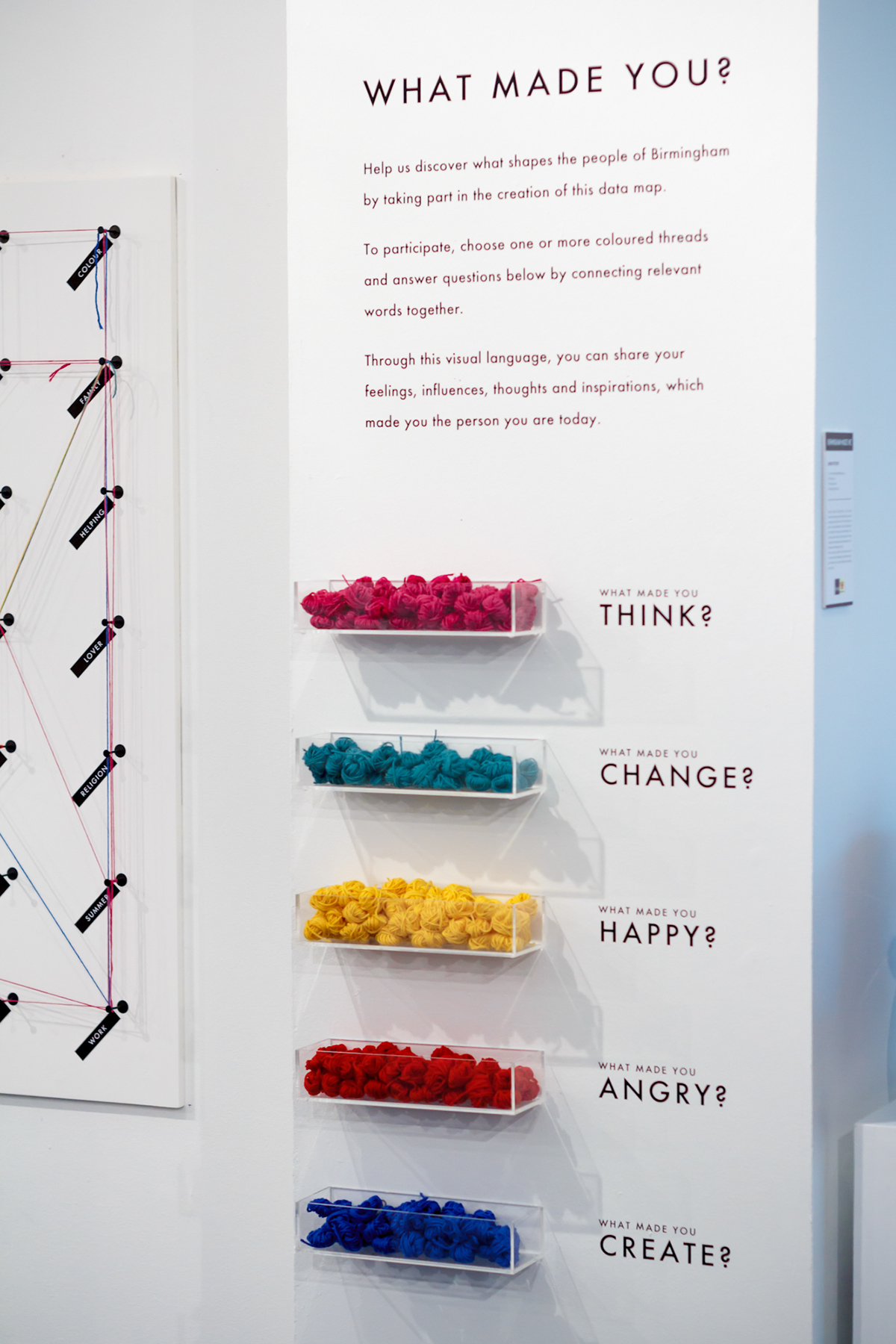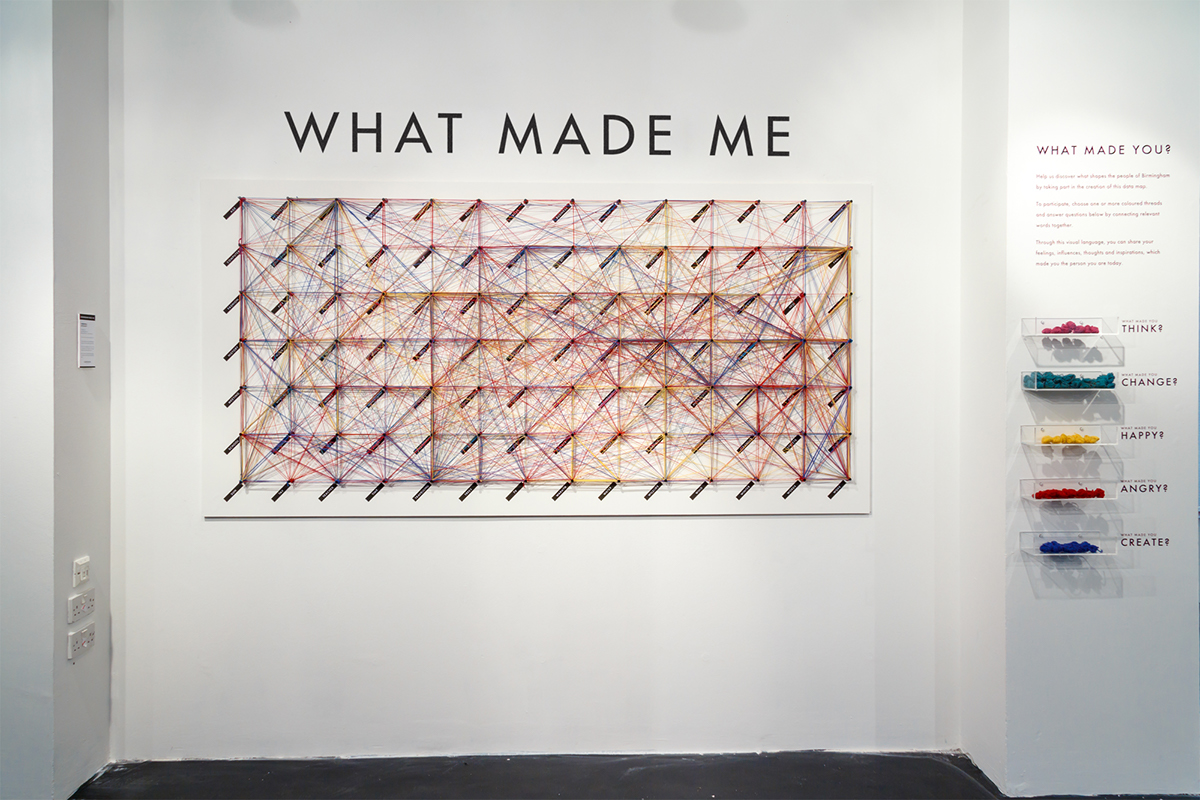Please find the pdf file of my final project below:
I also attached the text version of the project here:
Final Project: Describing Communication Technologies
The Impact of Virtual Labs on Promoting Students’ Scientific Literacy
Introduction:
Laboratory activities are an essential part of the process for developing scientific literacy, especially in chemistry, physics, and biology classes in K-12 education. Scientific literacy is a thoughtful citizen that has the capacity to deal with science-related concerns and the concepts of science (OECD, 2019). Science can be challenging due to amount of new vocabulary words, scientific phenomenon that are unfamiliar to the students, and scientific reactions or molecules unseeable with naked eyes, or reactions that are simply too dangerous to observe.
With the development of educational technology, as well as the impact of the global COVID-19 pandemic, virtual labs are more commonly used in online and blended learning among schoolteachers. Nowadays, more students are carrying their personal devices, such as iPads, laptops, smartphones, for school purposes. Virtual lab learning is becoming more popular in the current educational system as a form of tech integration in one’s learning-teaching practice (Bautista & Boone, 2015). The hands-on experiments help to promote students’ conceptual understanding of science and ability to be involved in science issues with problem solving skills that needs critical, logical, and systematic thinking (OECD, 2019). It also helps students to connect scientific concepts and theories to real world problem situations (Cahyani & Setyawati, 2016).
Educational Implications:
Digital labs and simulations have been developed in many scientific fields, including physics, biology, chemistry, and earth sciences. They have been used to replace in-person instructions or supplement physical labs for blended learning and flipped classroom. Many studies have found benefits of using virtual labs and simulations for promoting student scientific literacy with inquiry-based learning (Millis et al., 2011; Baker and Verran, 2004; Sommers and Sommers, 2003; Martinez-Jimenez et al., 2003).
Virtual labs are interactive and online tools, which allow students to perform experiments and get a similar experience with physical labs, such as making observations, collecting and analyzing data, and making conclusions. Simulations can also be used to explain a physical phenomenon but do not necessarily contain an interactive part. They can be useful to offer visualization of invisible phenomena, especially if movement or change is important and hard to see in real life. They are helpful as supporting materials in class or for homework in terms of better conceptual understanding. They can be helpful as prelab preparation, so students become familiar with the lab equipment and techniques. They help replace physical experiments when there’s a lack of resources, in-person instruction is suspended, or the experiment itself is too dangerous or taking too long to perform.
Virtua labs are often constructed to encourage participation, collaboration, and boost conceptual understanding of a specific field or topic of science to promote student scientific literacy in the topic. The key frameworks support virtual lab in blended learning models are related to Constructivism, Social Cognitive Theory, and Blended Learning. It focuses on four approaches of learning: participatory culture, collaboration, reflection, and multimodality.
Constructivism is a learning theory which states that rather than being given, knowledge is actively created and represented in learner’s mind (Jonassen, 1991). By practising the lab, students are encouraged to develop their own knowledge system and incorporate new information into their pre-existing knowledge as they encounter new things and reflect on them. At this point, virtual lab emerges as a solution for enhancing the constructive learning as it provides an opportunity for students to “research, inquire, test, seek solutions, wear scientist shoes and deeply reason about the concept of concern” (Tatli & Ayas, 2010).
The research of Thisgaard and Makransky (2017) found that virtual learning simulations also greatly boost knowledge of evolution when compared to traditional lessons. In terms of social cognitive theory, the virtual learning environment can greatly boost self-efficacy. It can also be utilized as a supplement to traditional educational techniques to stimulate students’ interest in STEM-related careers. High schools can use the simulations’ unique features to give students a realistic preview of career choices while also strengthening their self-efficacy, boosting the likelihood that they would pursue a STEM career in the future (Thisgaard & Makransky, 2017).
The virtual laboratory is also one of the critical aspects of building a Blended Learning environment. According to the recent study, virtual labs have numerous benefits, including assisting students in developing self-learning and innovative thinking principles as it allows students to design experiments that are not included in the educational curriculum, as well as other experiences that are beyond their educational stage (Abdullah Hussain Assiri et al., 2019). More importantly, through the use of blended learning technology, teachers can conduct lessons and courses in different educational stages and apply these lessons and courses as different virtual labs to students to check their level of mastery of the use and activation of physics lab knowledge (Abdullah Hussain Assiri et al., 2019). On the other hand, students who have access to the simulation software website can practice the lab at any time and from anywhere without risks while also enhancing and developing their knowledge understanding and lab skills.
In blended learning and distance learning, students will be directed to interact with the virtual labs and simulations as part of the pre-lab activity before they come to in-person classes and labs, or online lessons. This can be considered as the Flipped Classroom model as they will be equipped with a basic understanding of the vocabularies and concepts. They are ready to apply their understanding and skills to physical labs, perform activities in class, answer post-lab questions and ask clarifying questions.
Blended learning, also known as hybrid learning, is an approach to education that mixes online instructional materials and possibilities for engagement online with traditional place-based classroom methods. In terms of content and delivery, face-to-face classroom practices are mixed with computer-mediated activities. Some students are lacking opportunities for actual lab practices during their online schooling or blended learning. However, the lab applications are indispensable to students because they offer a new dimension to the lessons (Tatli & Ayas, 2010). With the laboratory learning environment, students can discover knowledge freely and build their mind palace constructively.
A good website providing virtual labs is often a digital space for teachers to introduce the resource for teachers and students. The design principle is to provide them with a series of interactive activities in a constructive environment that can improve their scientific literacy in the constructivism approach. The virtual lab can also be accounted as an element of blended learning which helps teachers with the preparation of lectures. Students often participate in the virtual labs and simulations accompanying the K-12 science curriculum to learn the basics and have a conceptual understanding of the topic. A beneficial resource can often support an engaging, meaningful, and reflective online space that will facilitate the growth and development of our target students, leveraged with direct instructions and lab experience.
Limitations and Future Applications
Despite the benefits of virtual labs in increasing students’ scientific literacy, many teachers are still reluctant to use them in teaching. It might be due to the lack of resources, the school culture of educational technology integration, teachers’ technological proficiency, or socioeconomic status of the student population. School districts are invited to provide professional development opportunities to science teachers on using virtual laboratory, or any educational technology integration, in science education. In addition, funding should be spent on promoting a school culture of tech integration by equipping with proper devices and fast Internet.
References:
Abdullah Hussain Assiri, E., & Abdulaziz Mohammed Al Shalhoub, S. (2019). Impact of
blended learning in developing the skills of using Virtual Math Labs among postgraduate female students at the College of Education in Riyadh. International Journal of Advanced Research, 7(10), 420–430. https://doi.org/10.21474/ijar01/9845
Baker, N., & Verran, J. (2004). The future of microbiology laboratory classes – wet, dry or in combination? Nature Reviews. Microbiology, 2(4), 338-342. https://doi.org/10.1038/nrmicro868
Bautista, N. U., & Boone, W. J. (2015). Exploring the Impact of Teach METM Lab Virtual
Classroom Teaching Simulation on Early Childhood Education Majors’ Self-Efficacy Beliefs. Journal of Science Teacher Education, 26(3), 237–262. https://doi.org/10.1007/s10972-014-9418-8
Cahyani, H., & Setyawati, R. W. (2016). Pentingnya Peningkatan Kemampuan Pemecahan
Masalah melalui PBL untuk Mempersiapkan Generasi Unggul Menghadapi MEA. In Seminar Nasional Matematika. 10(1), 151-160.
Climent-Bellido, M. S., Martínez-Jiménez, P., Pontes-Pedrajas, A., & Polo, J. (2003). Learning in Chemistry with Virtual Laboratories. Journal of Chemical Education, 80(3), 346. https://doi.org/10.1021/ed080p346
Jonassen, D. H. (1991). Evaluating Constructivistic Learning. Educational Technology, 31(9), 28–33.http://www.jstor.org/stable/44401696
Millis, K.K., Forsyth, C.M., Butler, H., Wallace, P.S., Graesser, A.C., & Halpern, D.F. (2011).
Operation ARIES!: A Serious Game for Teaching Scientific Inquiry. Serious Games and Edutainment Applications. 169-195.
OECD. (2019a). PISA 2018 Science Framework, in PISA 2018 Assessment and Analytical Framework. Paris: OECD Publishing, https://doi.org/10.1787/b25efab8-en.
Sommers, B. A. & Sommers, R. (2003). A virtual lab in research methods. Teach. Psychol. 30, 171–173
Tatli, Z., & Ayas, A. (2010). Virtual Laboratory applications in Chemistry Education. Procedia -Social and Behavioral Sciences, 9, 938–942. https://doi.org/10.1016/j.sbspro.2010.12.263
Thisgaard, M., & Makransky, G. (2017). Virtual learning simulations in high school: Effects on cognitive and non-cognitive outcomes and implications on the development of STEM Academic and career choice. Frontiers in Psychology, 8. https://doi.org/10.3389/fpsyg.2017.00805



